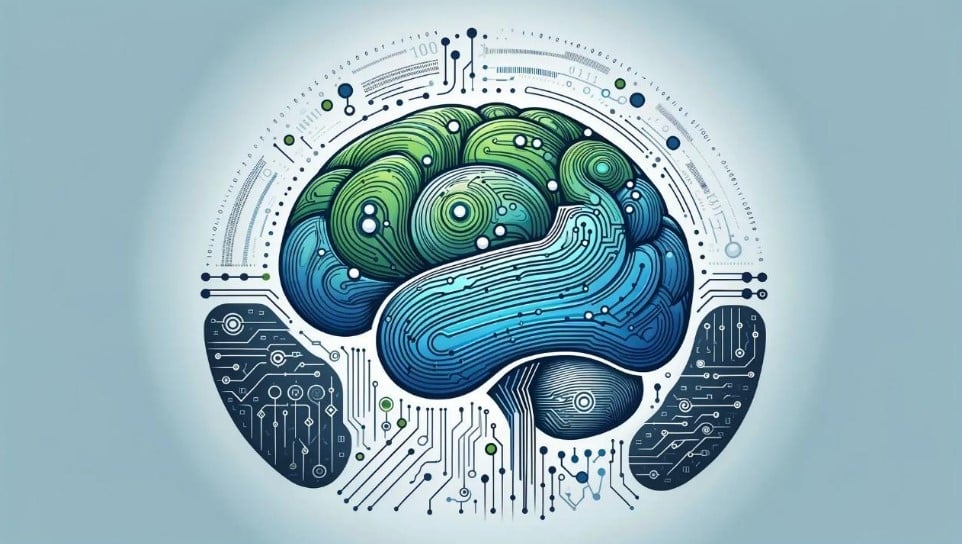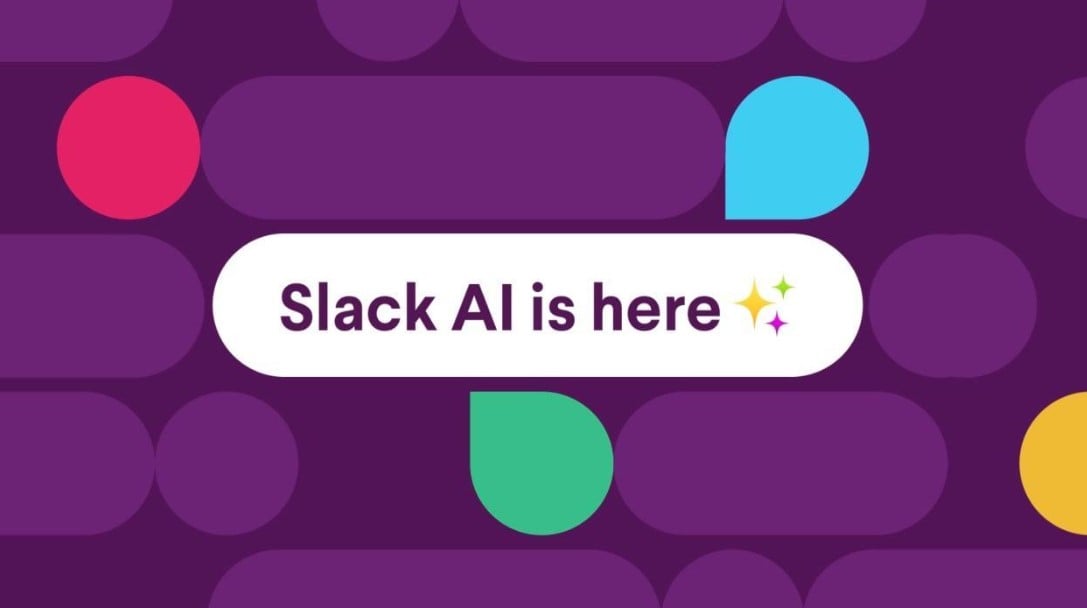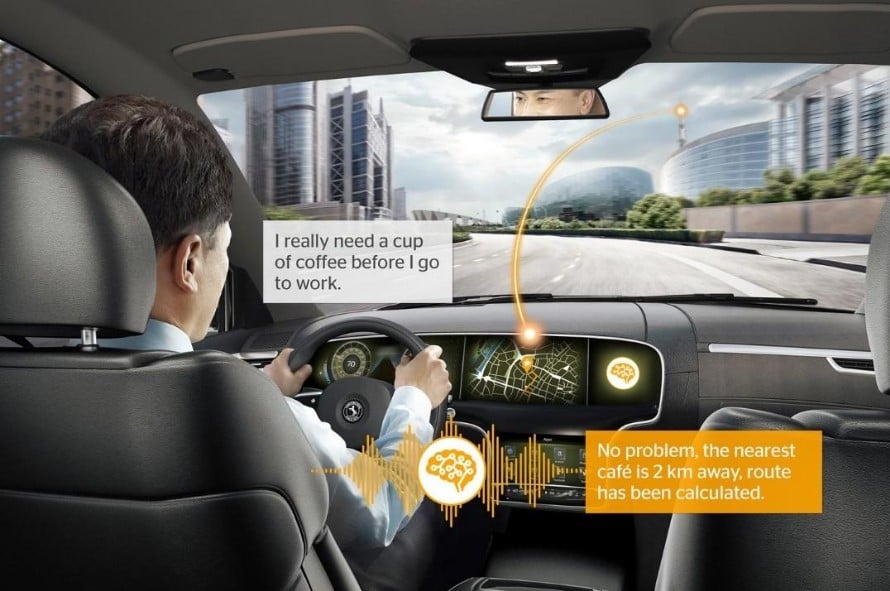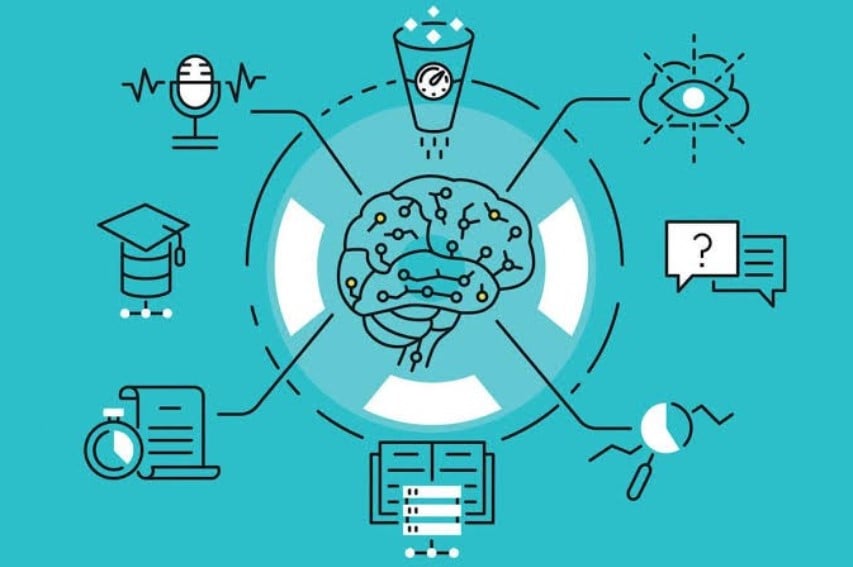Introduction
Calling your virtual assistant is as simple as saying ‘Hey, Google’ (Google Assistant), ‘Hey, Cortana’ (Microsoft), or ‘Hey, Siri’ (iOS). Apart from the big three, many companies have launched their own assistants, which, through continuous improvement and fine-tuning, are smarter, with intelligence reaching the capabilities of human understanding and knowledge that surpass the world’s most complete libraries. Those ‘Artificial Intelligence (AI) Assistants, such as Alexa, can be fully integrated into smart home ecosystems and are treated almost as a family in some cases. Other AI assistants that are not as ‘lifestyle’ as those already mentioned are highly valued due to their extreme potential and their ability to improvise when solving tasks.
Applications like ChatGPT and perplexity.ai, for example, are not only capable of solving minor tasks, such as writing an email or solving your maths exercises for you. They can search the Internet to find information from valid academic sources, perform data analysis, generate financial and business plans, or write code for programming pipelines.
Generative AI is the cornerstone of AI assistants and innovative technologies such as generative AI, computer vision, IoT edge computing, and GPU acceleration. But there is no need to rush. Let’s examine all of them one by one through some use cases.

Evolution of Assistants
Zero to Hero
The concept of digital assistants is not as new as one might think. In fact, one of the first chatbots which simulated a conversation with a psychotherapist, named ELIZA (Epstein and Klinkenberg, 2001), dates back to a computer science lab in 1966 at MIT! Undoubtedly, digital assistants became widely popular with the integration of Siri into the iPhone 4s, setting a new standard for user interaction with devices. Since then, there has been a race among companies for the development of assistants that are constantly up to date, with direct access to the Internet, and in general doing more, with less information, faster, and better.
Such a task can only be accomplished with the help of Natural Language Processing (NLP). NLPs are the backbone of conversational AI. Using specific algorithms, the information fed into them is processed in a series of steps, including tokenisation, lowercasing, dependency parsing, semantic analysis, processing using machine learning models and neural networks, and Natural Language Understanding (NLU) (IBM, 2021). You can find more details on NLPs here!

Read more: How NLP Solutions Are Improving Chatbots in Customer Service?
Benefits of AI Assistants in Productivity
Real-time Processing and Automation
An essential element of AI assistants is automating repetitive tasks through data collection and processing. Despite the fact that data collection happens locally, its processing usually happens in a centralised unit, which usually handles data from multiple users through the Internet of Things (IoT). This data between users is collected and compared to optimise the AI assistant’s algorithm. This way, an AI assistant can not only process data in real-time from all kinds of devices and appliances, but they can even make projections on future tasks and uses through intuitive pipelines, essentially ‘thinking’ for each user individually, before them.
A fair question to ask ourselves now is ‘where does all this processing power come from’? The centralised systems require powerful, high-speed data processing, so they rely on Graphics Processing Units (GPUs) for that. GPUs are well known for being able to handle thousands of threads simultaneously, offering a higher performance-to-consumption ratio than CPUs. The combination of multiple points that send data to a central processing station with the simultaneous processing capabilities that GPUs offer is the IoT’s recipe for success.
Enhancing Project Management
Another field where AI tools are a great companion is project management. When taking on a project, careful planning and task distribution are mandatory. Workspaces like Slack make such tasks feel like a piece of cake. Apart from the fact that you can make traditional project workflows, you can set custom pipelines according to the necessities and the goals that are high priority and get AI-driven conversation summaries and insights across teams and tools.

Improving Customer Service
The capabilities of AI assistants in the corporate environment do not end there. Customer service can also be improved with the help of AI integration. Incorporating this technology into a website can truly make a difference. It has been shown that even though a stunning 95% of people shopping in-store want to be left alone (Turner,2018), more than a third of people need assistance when shopping online (Stats, 2013). Using cookies and mouse-pointer behaviours, an AI algorithm embedded in the website can handle customer data, appear at just the right time, and make suggestions to potential clients, transforming the entire shopping experience. Of course, things don’t need to stop there. Conversational AI can handle customer tickets and real-time support in orders and returns.
Read more: How NLP Solutions Are Improving Chatbots in Customer Service?
Applications of Custom AI in Industries
It wouldn’t be wrong to assume that AI has expanded beyond the so-called corporate and office culture. In fact, there are plenty of areas where AI can be priceless, including:
Let’s Make Something
AI in manufacturing is the next big thing for most businesses. Who wouldn’t want to improve their production process with sophisticated automation, cut costs and speed up all processes simultaneously? Different AI algorithms can be implemented in different fields. For example, as discussed here, the entire food industry can be re-established! From smart fridges that place orders for you when your stash is low to Computer Vision (CV) equipped robots that can keep track of the annual production of crops to optimise production by reducing waste or plan processes like pesticide spraying frequency and weed removal!
On the other hand, we can take the example of Harley Davidson, which claims that after incorporating the Albert AI marketing tool, sales increased by 2.93% in three periods! If you aren’t familiar with it, Harley-Davidson is a premium motorcycle and lifestyle brand, making this number even more significant. Additionally, the company took one more step into the future by embracing robotics in its assembly line in tasks that are dangerous or simply repetitive, leaving humans doing the work that requires technical knowledge and on-the-fly decision-making (Marr, 2018). This alone is a great step towards increasing personal productivity, as repetitive tasks have been shown to reduce efficiency and lower motivation to get things done while increasing the hours worked (SalientProcess, 2023).

Have you ever heard of Continental? Most people think of a tire company, yet Continental is the world’s third-largest automotive parts manufacturer company. Continental took a step in the world of Artificial Intelligence by developing its own AI assistant. As they understand that cars are no longer desirable only because of their performance but because they can be treated as a companion on the road, their proposal was an interactive system that can be incorporated into any model in the production process. This AI assistant has smart voice recognition to analyse patterns and remember user preferences. If it knows, for example, that the driver has the habit of going on long road trips every weekend, it will suggest that he refuels or recharges the car on Friday. Or if the driver says ‘I’m hungry’, it can find restaurants nearby (Continental AG, 2019).
Read more: Computer Vision in Manufacturing
Safety First
Insurance companies are notorious for their extensive checks before signing a contract, yet they are even more picky when they need to cover someone’s expenses. It must be 100% established and proven that what happened was not their client’s fault. For that reason, companies like Allstate have embraced the power of AI in their workflows. Using AI tools, the company can identify sketchy claims, ensuring economic growth and policyholder trust (Digitopia, 2024).
Another example would be Zurich Insurance. The company has adopted predictive analysis to mitigate the risks of anticipated events. By analysing climate and geographic data, the company can warn policyholders of potential natural disasters, allowing them to take preventive measures promoting client safety and well-being while at the same time reducing significant losses (Fabiana Arroyo Poleo, 2023).
Imagination
Generative AI has transformed the way we interact with digital assistants. We started this article by briefly discussing their evolution, and by this point, you should have gotten an all-around idea of how this has happened. In the fast-paced world we live in, the ability to complete tasks is key not only for work success but also to ensure that we have a bigger amount of time to spend on other activities, an essential aspect of keeping a work-life balance.

Companies have figured that out and offer great tools to users who are into content creation. For example, the Canva design platform offers a free online image generator that uses prompts. All the content creator needs to do is describe the concept in a prompt, and Canva will generate not just one but more than 20 different variants to choose from! Canva promises to give the best and most results. This is sealed by the user’s freedom to select the AI image generator they prefer. Choices include open.ai’s DALL-E, Dream Lab, and Google’s Imagen, among others.
Of course, since we mentioned open.ai, we could not include ChatGPT. A favourite of many, ChatGPT has few limitations. Using MLOps and LLMOps, even the free version promises great results in text-orientated content creation. The results can be so good that the soft drink giant Coca-Cola has begun to examine the possibility of using ChatGPT as both a marketing assistant and a personalised customer experience generator (Marr, 2023).
Read more: How to Create Content Using AI-Generated 3D Models
Summing Up
Artificial Intelligence has greatly affected many aspects of our lives. Generative AI can not only respond to simple questions; it can engage in proper conversations with anyone on the other side of the screen. Therefore, it makes absolute sense that AI assistants are such an important aspect of boosting productivity, from the organisation of tasks and priorities to CV-based quality control and marketing campaigns.
What we offer
Innovation is our common language. At TechnoLynx, we offer custom-tailored solutions for every need, made on demand, from scratch, and specifically designed for every single project. Delivering high-level tech solutions is our specialisation because we already know how beneficial AI can be better than anyone. Providing cutting-edge solutions in all fields while ensuring safety in human-machine interactions, we are proud to say that our team can manage and analyse large data sets while simultaneously addressing ethical considerations.
Our software solutions are precise and empower many fields and industries using innovative AI-driven algorithms, adapting to the ever-changing AI landscape. We present solutions designed to increase productivity, accuracy, and efficiency while reducing costs. Don’t forget to contact us to share your ideas or questions. We will be excited to answer any questions!
Continue reading: AI Chatbots and Productivity: How They Boost Economic Growth
List of References
-
618media (2024) – The Science Behind DALL-E’s AI (Accessed: 13 December 2024).
-
CNET (n.d.) Apple May Drop the ‘Hey’ From Siri Activation, Report Says (Accessed: 13 December 2024).
-
Continental AG (2019) – -Smart Voice Assistant: Continental Develops Adaptive Voice-Activated Digital Companion for Use in Cars](https://www.continental.com/en/press/press-releases/2019-07-18-smart-voice-assistant/) (Accessed: 2 January 2025).
-
Digitopia (2024) – AI Transformation Chronicles: AI in Insurance Industry, 9 July. (Accessed: 13 December 2024).
-
Epstein, J. and Klinkenberg, W.D. (2001) ‘From Eliza to Internet: a brief history of computerized assessment’, Computers in Human Behavior, 17(3), pp. 295–314.
-
Fabiana Arroyo Poleo (2023) – The Best Examples of Artificial Intelligence in Insurance, 29 November. (Accessed: 13 December 2024).
-
Freepik (n.d.). Asian girl pressing on digital screen futuristic technology. Rawpixel.com
-
IBM (2021) – What Is NLP (Natural Language Processing)? (Accessed: 11 December 2024).
-
Marr, B. (n.d.) 10 Amazing Real-World Examples Of How Companies Are Using ChatGPT In 2023, Forbes.
-
Marr, B. (n.d.) How Harley Davidson Is Using AI And Robots To Prepare For The 4th Industrial Revolution, Forbes.
-
Peterson, J. (2024) Everyone Who Pays for Slack Can Now Try Its New AI Tools, Lifehacker (Accessed: 13 December 2024).
-
SalientProcess (2023) – Reducing Repetitive Tasks Saves Time & Money (Accessed: 13 December 2024).
-
Stats (2013) – 83% of online shoppers need support to complete a purchase. econsultancy.com.
-
SwissCognitive (2021) – ‘Everything You Need To Know About Generative AI’, SwissCognitive - AI Ventures, Advisory & Research (Accessed: 13 December 2024).
-
Turner, M.L. (2018) Retailers, 95% Of Shoppers Want To Be Left Alone In-Store, Forbes.













